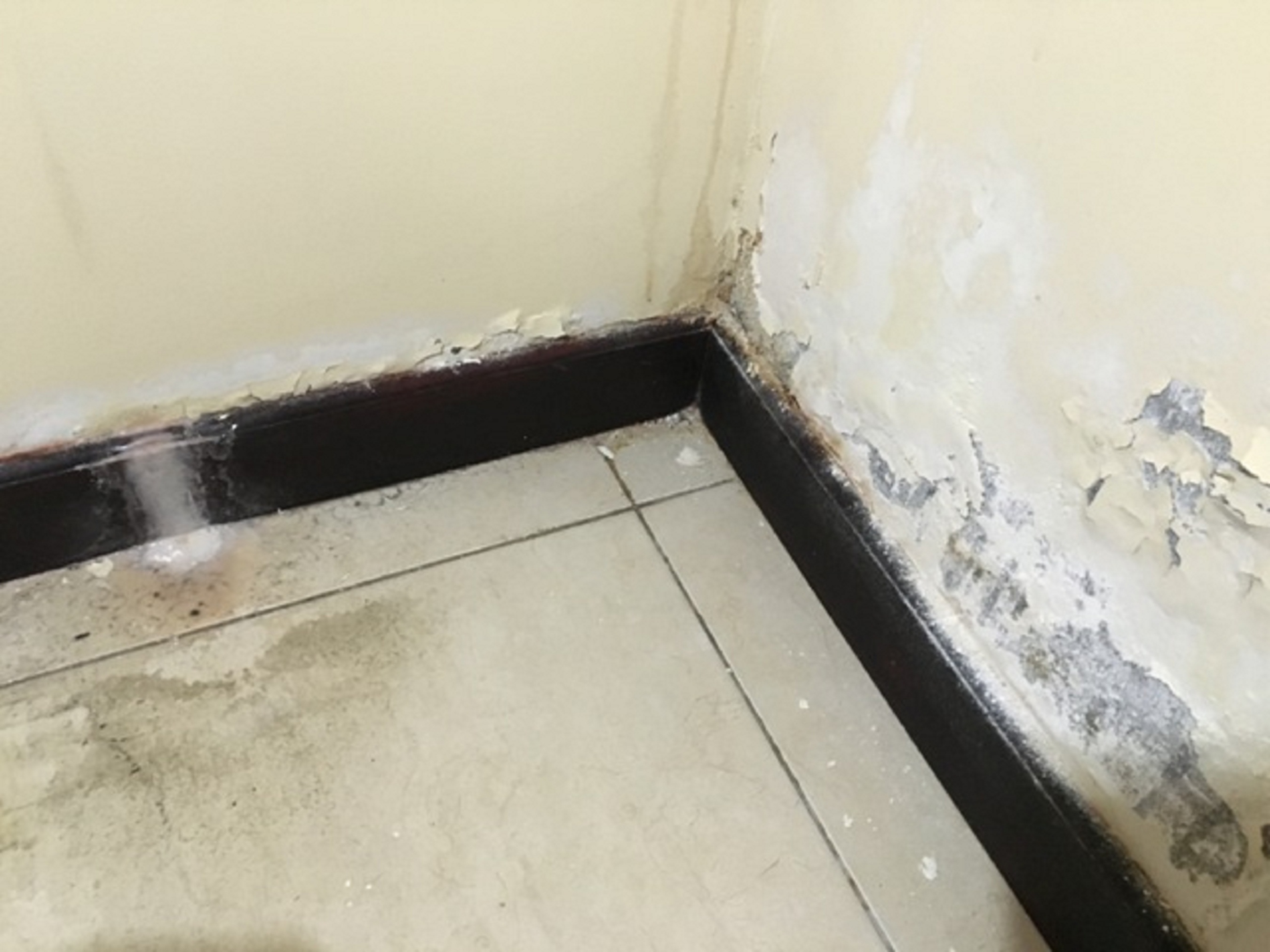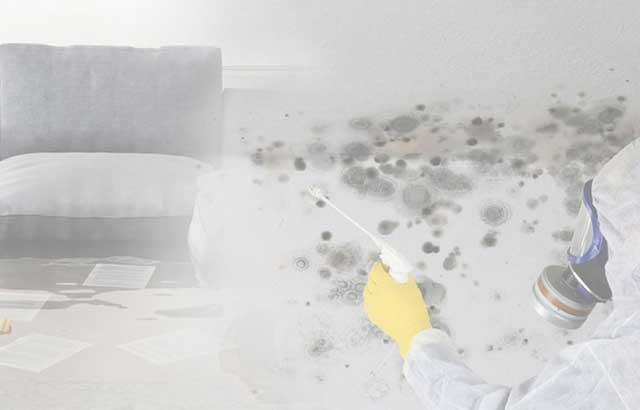Every person seems to have their private way of thinking when it comes to How to Prevent Bathroom Water Damage.

The shower room is very prone for moist accumulation and potential water damage due to the frequent use water in it. This write-up uses straightforward assessment techniques to help identifying water damages threats.
The constant use water in the shower room makes it very prone for damp accumulation and potential water damages. By evaluating it consistently, you can minimize water related problems.
The complying with set of evaluations is easy to execute and also must be done when in every three months in order to keep your washroom healthy and to stop prospective water damages caused by the tub, the shower, pipe joints and plumbing, sinks, closets, and also the bathroom
Do not neglect executing these assessments as well as be comprehensive while performing them. Remember that these easy inspections can conserve you a lot of money by giving early indications for water damages
Tub and Shower
The shower and also tub require unique attention and also upkeep. Check the floor tiles as well as replace if split. Ensure that there is no missing out on grout in between the ceramic tiles. Inspect and also replace fractured caulking at joints where the walls meet the flooring or the bathtub. Obstructed drains and also pipes troubles will protect against the bathtub from drying and might indicate serious issues below the bath tub. Talk to a professional promptly to avoid architectural damages. Pay attention to stainings or soft areas around the bath tub walls as they might suggest an inner leakage.
Plumbing
Signs for water damage are difficult to spot given that many pipelines are installed inside the walls.
Pay unique interest to floor covering as well as wall surfaces wetness and also spots as they might suggest an invisible plumbing issue. Check wetness degrees in adjoining spaces too.
Sinks and Cabinets
Sinks as well as closets are exposed to wetness and also moisture daily as well as are usually neglected. Inspect frequently under the sink and also on the countertop above it. Fix any kind of drip in the trap as it may recommend drainpipe problems. Take a look around the sink, sluggish draining pipelines might indicate a blocked drainpipe. Change sink seals if they are fractured or loose.
The Toilet
The commode is a vulnerable water junction. Inspect the water lines and search for leakages around the commode seat, in the tube, and under the water tank. If you discover any kind of indicators of moisture on the floor around the toilet, check for leaks in the toilet rim as well as container seals.
Realize that hanging commode bowl deodorants enhances the possibilities for blockages.
10 TIPS TO PREVENT WATER DAMAGE IN THE BATHROOM
The average household uses approximately 80-100 gallons of water per person per day. For a family of 4, that's almost 2,500 gallons of water a week! The largest portion of this consumption comes from bathroom use. Flushing the toilet uses the most water, followed by taking a shower or bath. With that much water running through the home, water damage in the bathroom is bound to happen. Knowing how to spot signs of a water leak is essential to preventing long-term damage. This guide provides you with tips to reduce the impact of water damage on your bathroom.
CAUSES OF BATHROOM WATER DAMAGE
Pipe breaks are the most common cause of water damage we see in our daily jobs. The age of a pipe plays a large role in a pipe break as well as corrosion. Over time, the metal begins to break down, allowing water to escape. Frozen pipe breaks are also a concern in the winter months. Toilet overflows caused by paper products or children flushing inappropriate items. Degraded caulking around the toilet or bathtub can allow water seepage, sometimes behind the fixture, into the subfloor or walls. Condensation forms when the water in a pipe is cooler than the air temperature. Beads of water form on the exterior of the pipes, sometimes so much so that the water begins to drip and pool below. Sink or shower backups created by poor drainage. HOW TO PREVENT WATER DAMAGE IN YOUR BATHROOM
Inspect your toilet supply line for worn or frayed hoses and replace them as needed. Winterize your plumbing to prevent a frozen pipe break. Use vent fans to prevent condensation that can lead to mold growth. Routinely check and replace degraded caulking around your toilet or bathtub. Increase the temperature in your toilet tank and insulate your pipes during the warm summer months to keep condensation from forming. Use child safety locks on the toilets. Flush only toilet paper. "Flushable" wet wipes are actually not good for your plumbing system. Additionally, feminine hygiene products should not be flushed. Prevent water from escaping the tub or shower. Make sure shower curtains are in good condition. Inspect shower doors and replace the seal strip if necessary. Wipe up any water that accumulates on the floor and use bath mats. Water left to sit can cause damage to the tiles and flooring. Refrain from using bath products containing heavy oils to avoid a clogged drain.

We were shown that report about How to Repair and Prevent Bathroom Water Damage from a friend on our other blog. I beg you take a moment to promote this post if you enjoyed it. Thanks a lot for going through it.
Free Estimates